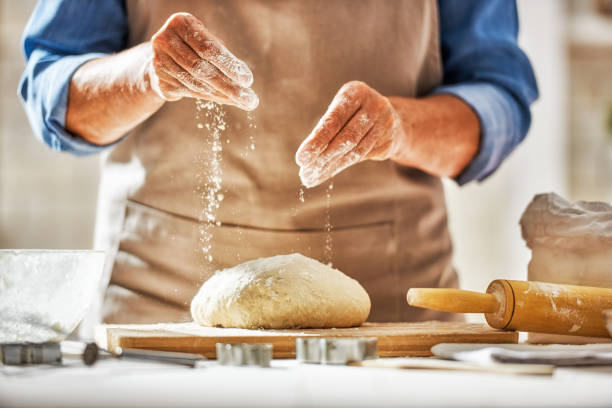Suggestions for Brewing Coffee
Whether you're just starting out or have years of experience under your belt, everyone may benefit from a few basic pointers on how to brew the perfect cup of coffee every time.
From the Finest Beans Up
Making coffee at home starts with selecting the right coffee
beans. You should buy whole beans and grind them yourself if you want a
"good" cup of coffee. This is due to the fact that the essential oils
present in all coffee beans, which contribute to the aroma, flavor, and
mouthfeel of the coffee, begin to break down and evaporate after just one hour
after the beans have been ground. Try to find packages of whole beans that have
a one-way valve while shopping. If beans are packed in a bag immediately after
roasting without allowing them time to de-gas, the bag could potentially
explode. Because of the ventilation mechanisms included into the packaging, the
beans can be sealed as soon as they have cooled. To keep coffee beans fresher
for longer, extract only what you'll use that day and store the rest in an
airtight container as soon as you open the bag. Also, don't buy more food than
you can eat in a week. How to buy madawaska
coffee details and origin-based flavor, body, and acidity charts
are available on our site.
The Precise Grinder Settings for Your Coffee Machine
Your coffee beans' grinding needs will vary depending on the
coffee machine you use. This is a straightforward explanation of the process.
Fine: Perfect for use with espresso makers
Drip coffee makers prefer this medium.
Grains this coarse work best in French presses, percolators,
and stovetop espresso machines.
The manual that came with your coffee machine should have
recommendations for the optimal grind to use with your machine. Coffee with a
too-fine grind might be harsh, while coffee with a too-coarse grind can be
tasteless. When using a French press or percolator, the coffee should not be
ground too finely, since this might cause the filter to become clogged and
prevent a nice cup from being brewed. As a pro tip, run a few grinds between
your fingers and observe the texture and appearance of the grind as you switch
between different settings. This will help you recreate the grind with ease in
the future. Never re-use old coffee grounds. If you don't get the coffee right
the first time, subsequent extractions will leave you with a bitter cup.
Properly Tempered, High-Quality Hydration
The coffee-making procedure may appear elementary, but it's
actually quite critical. Even if you have the most expensive, freshly ground
beans and the greatest coffee maker on the market, the water will destroy it.
The water in your home is usually safe to drink if it comes from a well. But if
you live in an area where the tap water is processed and chlorinated, you might
think about using a water filter or buying bottled water. A helpful hint: water
temperatures between 195 and 215 degrees Fahrenheit are ideal for brewing
coffee. Too cold water results in underextractions that taste flat, and too hot
water kills off some of the coffee's flavor. You'll be able to tell a
difference in the quality of your coffee and your beans will be grateful to
you. Don't ever soften or distill your water.



